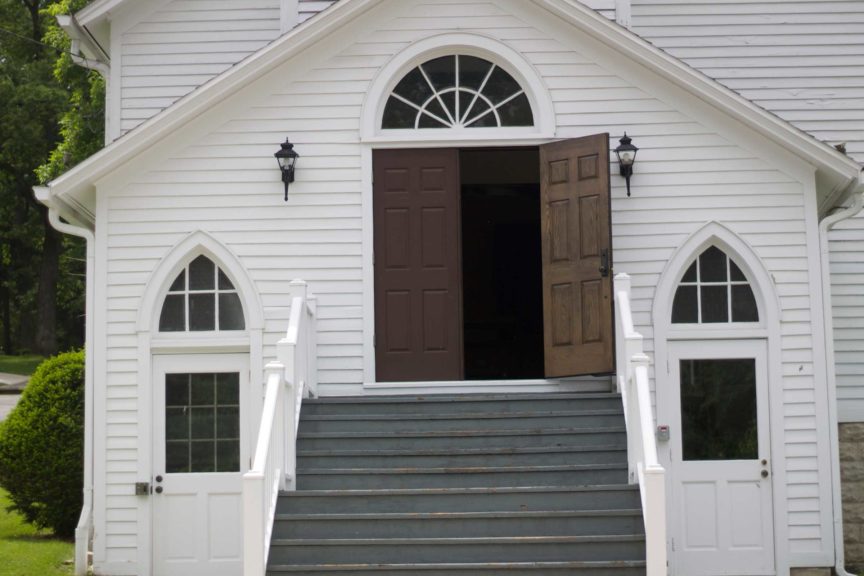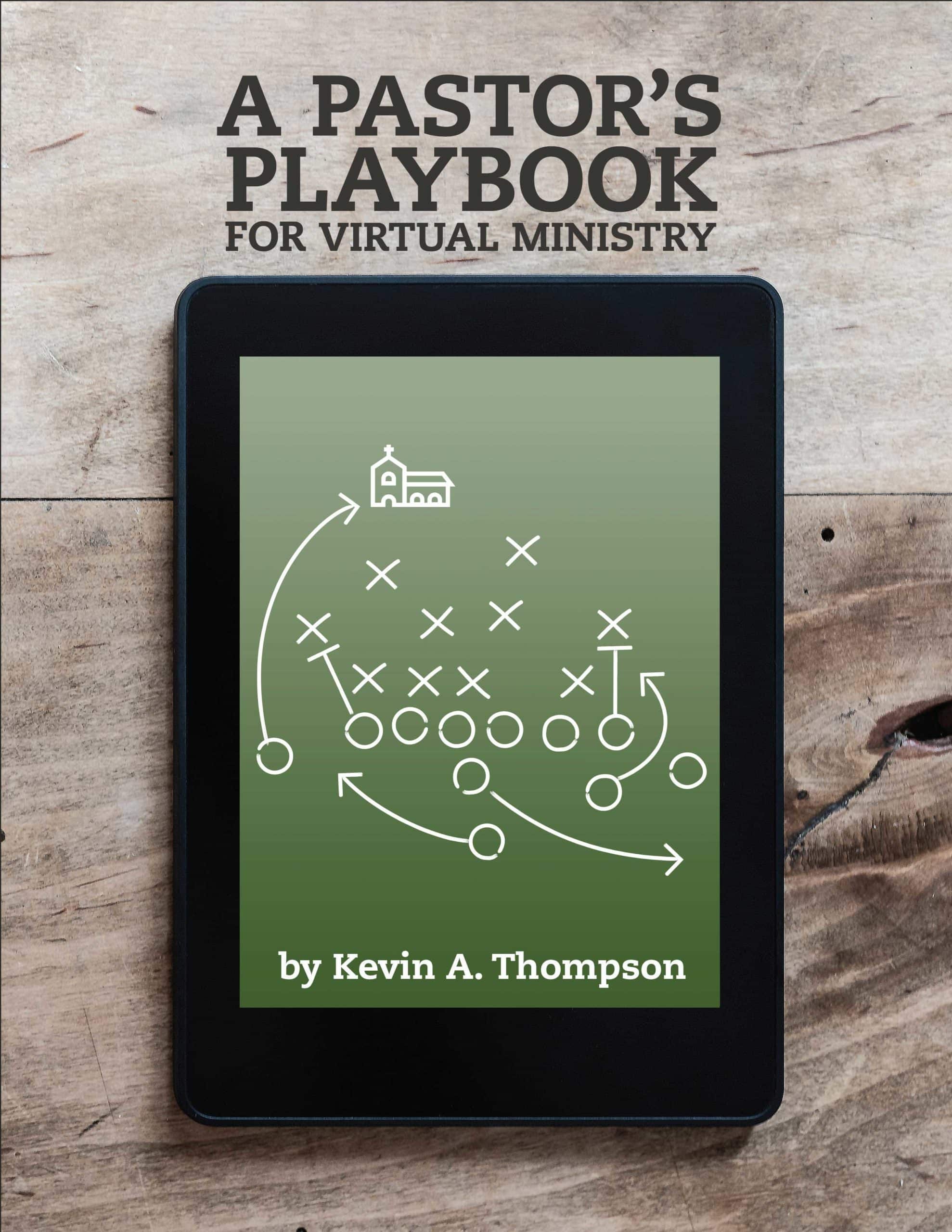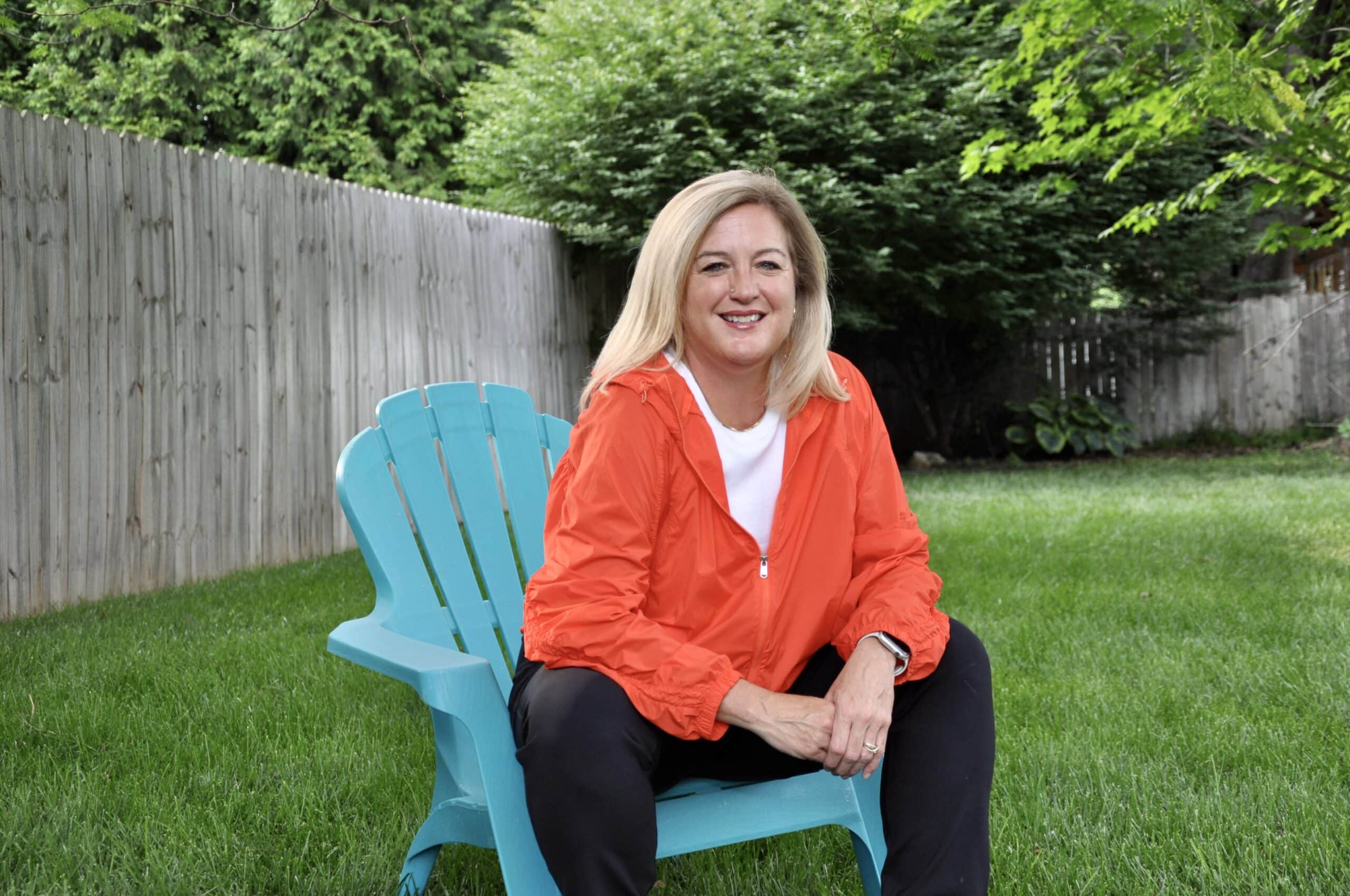All of us are experiencing effects of COVID-19—we’re facing challenges personally, through our church families and friends, and in our ministries. We were all doing ministry normally and then we woke up one morning to find everything changed. And things continue to change for us.
We’re dealing with disruption—there are so many unknowns. And it just might be that there are more unknowns than knowns right now. So, clarity is key in this time.
All of us have been and are still adjusting our ministries. We have seen a response of creativity and innovation around the country. You are doing a magnificent job!
We’ve now reached the time to begin thinking about re-entry and what that might look like. And please know: it will be different for everyone—for your church, and even for the ministries within your church. In every church, every state, and every county there are many variables.
But our God can take all of these unknowns and do something really, really beautiful with them.
Think about this for a minute: think about being invited to go to a country where no one has ever gone.
There’s nothing written about it. You can’t Google it. There’s no roadmap for it. And there’s no strategy for it.
God can take all of these unknowns and do something really, really beautiful with them.
We hope we can encourage you and help you navigate through these waters and into a new country.
New Territory
As we are in this unknown territory, I will admit to all of you (and maybe you’ve experience this too), I’ve had some insomnia—sleepless nights around how we will ever do ministry again.
How has COVID-19 permanently changed things? What will ministry look like on the other side?
Please hear me say this: I am in this with you. I am discovering with you, and I’ve really taken time to gather insights from voices that I trust to lead and guide me. Perhaps they will be helpful for you as we walk through this.
Ministry post-COVID will definitely be a hybrid of both physical and digital ministry.
Learning from Ezra and Nehemiah

I’ve been engaged in the Old Testament in this season. I have had a great time of study of Ezra and Nehemiah. As I’ve been reflecting these last few weeks, I’ve realized how much we have in common with the story of Ezra and Nehemiah—especially because God’s people had been moved into exile.
They were exiled from their faith community. They were exiled from the work community. And they were exiled from their extended families. Some had just been removed from all that they had known.
Being exiled at home has been hard some days. Some days it’s been great. Other days I long for my faith community. I long for my extended family and you know, I just feel that.
And so, the beautiful part of Ezra and Nehemiah is that these exiles get to go home. They get to go home and back to the place that had been their nation’s capital. It’s the place where the temple of God had stood, but it’s no longer there.
As they return, they find the foundation in ruins, so they begin to rebuild that foundation. Truth be told—after all the exiles come back, we know in Nehemiah that work is completed.
The temple is finished, altars are finished, the walls are finished, and the people are rededicating themselves to God as they remember His faithfulness to them.
Looking Back as We Look Ahead
But if you look carefully at that story, you will find the older generation that returned are now looking at this new temple that does not look the same as the temple they knew. It doesn’t hold the same grandeur. The new temple doesn’t hold the same meaning for them that that original one did. And they are struggling.
And that’s true for what’s going to be happening for us.
This hiatus that we’ve taken because of COVID is going to change what your church looks like. It might not change the building physically, but the church has never been about the building for any of us.
The church is about the people, and our people have changed because of COVID.
We have people who are really struggling to know what is safe and what is good. And we are going to have to help make the best decisions we can.
The church has never been about the building.
We each have to take the time to care for the flock we have been given. We cannot worry about what other churches might be doing because we each need to care for our individual flocks. Some things I mention will work for you, but some will not. That’s okay. Take what works and drop what doesn’t.
This is not an answer spot. This is a conversation spot.
Policies
As dreaded of a topic as this is, it’s really important for us to think about policies and procedures that might be changing. Your handbook is a concrete place to begin this conversation. If you don’t have a handbook, now would be a great time to start one!
We’ll give some here examples of what might be important to include. And you might want to check out all the helps in this post on safety.
And remember, the CDC is going to be telling you how to handle some of the things your handbook should include.
As I began thinking about re-entry, the first thing that stood out to me was ratios of kids with leaders is going to be changing because of the social distancing requirements.
Wellness Policy
You’ll also want to make sure your handbook includes a wellness policy that says things like hey, don’t come if you have a temperature. Many of the typical symptoms of COVID match a lot of the things that are probably in your wellness policy already.
If you don’t have a policy, get with the churches in your network for guidelines on creating one. And check out the wellness policy sample we posted.
Once you create these guidelines, you want to begin posting them, because you want to be able to say what your specific guidelines are. It will help reassure parents as well.
Let’s say a child has gotten pink eye 2 days after being in our nursery. We would send out a notification that says something like this: Your child participated in [this] class on [this] Sunday at [this] hour. We have recently learned that they had an exposure to pink eye. Please monitor your child and notify your doctor if you notice any symptoms.
So, as you create or edit these guidelines, make sure the contact information for your families is up to date. Keeping active rosters for notification purposes is more important than ever. It’s for everyone’s safety that we make sure those things are up to date.
And—now more than ever—we need to be aware of appropriate physical contact, .
Physical Safety

As children’s pastors, we know that sometimes a kid just needs a high five when they’re coming through the door. You know when that toddler comes to you after their feelings have been hurt, they want a hug or to be right next to you.
We may have to begin thinking about things like this and train our leaders to handle them. How do we begin articulating well to children and our volunteers a change for managing appropriate physical contact in this world of social distancing?
Again, it is not that our building has changed. Our people have changed. And keeping their kids safe is important. So our policies will have to change.
Many parents may not feel super safe in this world anymore. They may not feel comfortable dropping their kids off if they see more than six children in a classroom or 10 children in a classroom—regardless of how big the room is.
They may just not feel safe, and we need to be ready to acknowledge and honor the way they feel.
It is not that our building has changed. Our people have changed.
What Will Church Look Like?
A lot of us didn’t have answers when we went into quarantine, but we know that there are things we’re going to have to address. And one of those things is when we return to church, what will that look like?
And do you know what? I hope that all of you are engaging your leadership team in that conversation. Whether you launch with a family worship style with the whole congregation worshiping together and without opening children’s ministry yet, or you go back to some form of children’s ministry—you need to be speaking up now about what it’s going to take in order to do this well and to do this safely.
So, whether you’re doing a family worship style or you go back into Sunday school, we’re going to talk about some procedures that we need to be thinking about. And I will tell you my church in Leawood, Kansas, has not made a decision yet.
We can’t even have more than 10 people gather in my yard this week, so we’re not looking at opening our church anytime soon. We’re definitely not looking at children’s ministry opening up at the same time as the church building because we just know there’s a lot of work to do there.
I’ve seen lots of things.
Procedures
One way pastors are talking about doing church and children’s ministry is by assigning by last name. I’ve seen people talk about making reservation buttons and having people reserve their hours. Should we recommend families always attend the same hour with the same group of people?
And I’m beginning to think about how I manage drop off and pick up of children. I’m walking through if I want all my families to come through the family entrance and only exit out the front doors and keep a cycle where people aren’t going past one another. Or if I even want the volunteers to walk the kids to their classes instead of parents.
And as we begin to imagine how we want families to do this, we are going to have to over communicate.
I’m asking myself if I should have people managing the check-in stations so that everyone’s fingers aren’t touching them. And then I don’t have to be over there wiping them down every time a family comes through, like at Target.
And when we’re back together again, we want to give families our best smiles and hospitality.
We are going to have to over communicate.
One thing we changed last year is that we no longer allowed diaper bags or any backpacks to come into our spaces. We ask each family to put the child’s necessities in a baggie—that we provide—and label it with a sticker.
We did this originally because it makes it quicker and easier to find what the child needs. A new benefit of using clear bags is that we avoid receiving a ton of items coming from people’s houses.
Reimagining
In my ministry, we always used a large group space to begin worship with our children. We’d gather our elementary kids in a large group, play games, have an announcement, sing worship songs, and pray together before we dismissed them to the rooms. Well, everything right now is saying that’s not a safe choice for us to be doing with these kids.
We’re children’s pastors. Even with a budget of $0, we can do anything. So we can do this. I know we can.
And so, as a church, we’re beginning to rethink and reimagine this. Do we need to go to a Sunday school model where all kids are dropped off in specific classrooms so that we’re following ratios for CDC?
It’s relatively simple when it comes to games and crafts. We don’t want to hand the kids all the same crayons, same crafts, and be sharing game pieces. So, we’re going to have to innovate around these things, and I think we can do it.
This is the most incredible time to be innovators, to be creative thinkers, and to get excited about something.
We’re children’s pastors. Even with a budget of $0, we can do anything. So we can do this. I know we can.
Volunteers and Staff
One thing we have to focus on is volunteer and staff rotations. These are big. I cannot tell you how much I love my volunteers. I need them, and I care for them deeply.
In addition to their spiritual health, I care about their physical health. My volunteers run the gamut—from the age of 16 to 86. I want to be mindful of their health and the best ways to serve them well as I organize them to be part of our ministry.
So just like my staff, I am concerned about my volunteers’ exposure and I want to change our rhythms. Where I used to have someone who might have served once a month, I might ask everyone to serve, as an example, three weeks in a row. By serving three weeks in a row, we eliminate a lot of exposure to more and more adults in that class.
I tell my staff we’re going to go with a designated survivor mentality. But we really do need to think about having someone else come alongside us to know our jobs well enough in case we should get ill or be exposed and have to stay home.
Who can keep your ministry running?
We will be on a rotation where one person is always home for three weeks straight. That way they can always step in and run the ministry if the rest of us get exposed. I encourage you to be thinking about how to alter schedules to prevent the whole ministry going down.
That sounds frightening. I’m sorry. I am not trying to frighten you, but I am trying to just help all of us to think through some big picture things.
We need to be thinking about that for our entire staff.
Opening Back Up

The other day I was asked, Hey, so when our state opens up, what are some of your concerns? And I just flat out said: you could decide that, because we’re a rather large church, we can only have 10 people gathered together in our state.
So, let’s say we had 80 services in a 24-hour period. There is not enough time for me to turn around children’s ministry and clean all the spaces for that many services.
You are going to have to really help your senior staff set realistic expectations because it’s not just about your classrooms. It is all the spaces your families are moving through and all the objects they are touching that you’re going to have to be aware of.
You might want to do a practice to determine how long it takes to clean your kids’ area. Maybe it takes about 5-10 minutes to really wipe down a room. And then move out into these spaces and kind of figure out what that timeframe is so that you can articulate that to your senior staff as they are making decisions.
My church is considering doing four services when we reopen. Only the first and the third services would offer children’s ministry. Then we would have 40 minutes to an hour to clean before the next group would come in.
A New Country
With God, we can absolutely do all things!
As you know and can see, there are so many details and best practices to think through. And remember, nothing I mention is how you should do it. This is all about giving you a place to start thinking about your church and what reopening might look like.
There are a lot of questions to answer—yes. And this is not an exhaustive list—not even close. But once we answer these questions and create our best practices, it will help us make a smooth transition to this new normal—this new country, this new temple—we are walking into.
And although we are struggling, we know that God is in control and He is faithful. And with Him, we can absolutely do all things!

A Pastor’s Playbook for Virtual Ministry

A Pastor’s Playbook for Virtual Ministry












